Creating a safe and eco-friendly kitchen is essential for healthy living. By focusing on non-toxic cookware, proper food storage, and healthy cooking practices, you can transform your kitchen into a sanctuary of wellness. This guide will help you understand the importance of a safe kitchen and provide practical tips for establishing an eco-friendly kitchen that promotes both personal and environmental health.
We all aspire to live long, healthy lives, but where does health truly begin? Not in the doctor’s office, but in your kitchen! The kitchen is one of the most frequented areas in any home. For me, it’s a place of inspiration and strength. While I don’t enjoy spending hours at the stove, I genuinely love the cooking process, selecting beautiful dishes, organizing the refrigerator and pantry, and creating a special atmosphere. It’s in the kitchen where you can nurture health, show care, and express love – for yourself, your body, and your loved ones.
I want to inspire you to prepare healthy meals and create your unique kitchen space, turning your time there into a meditative process. What distinguishes a healthy kitchen from an unsafe one? It’s the absence of toxins and the safety of materials, cookware, and other kitchen utensils. Today, we’ll discuss what makes an eco-friendly kitchen: which cookware is safe, how to organize your space, and what elements constitute a safe and ecological kitchen.
A safe kitchen is one where every aspect is considered to reduce potential toxin intake and make it a place of strength and health.
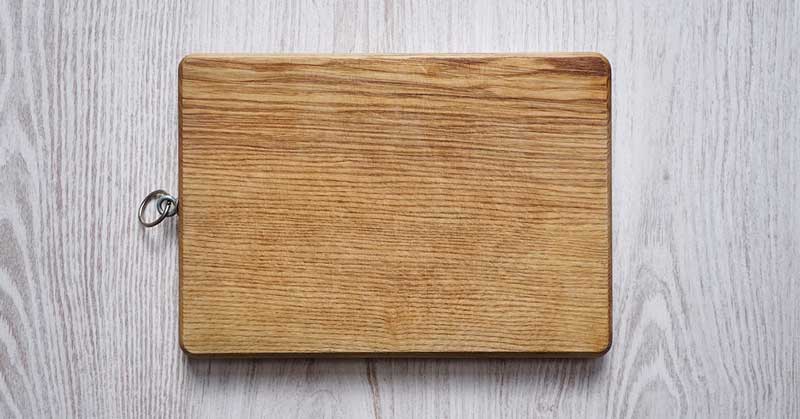
For instance, cutting boards are among the most frequently used items in the kitchen. But did you know that choosing the wrong board could be unsafe? In my article about cutting board types and selection, I explain in detail which materials are safe and what to look for when purchasing.
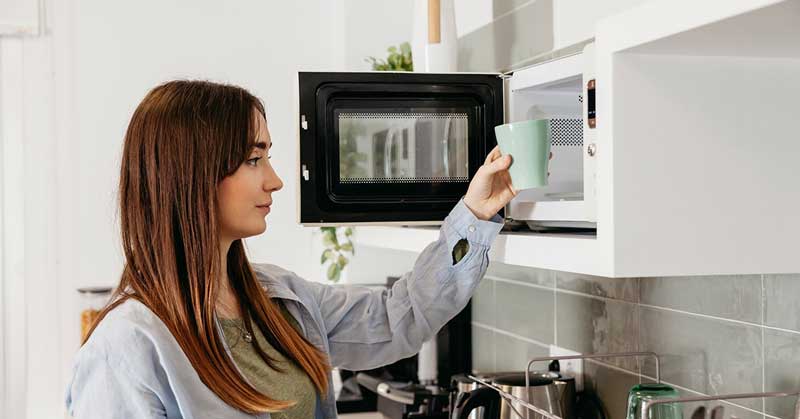
It’s also worth considering microwave oven usage. Many question whether microwaves are harmful to health and if microwave-cooked food is safe to eat. You’ll find answers to these questions in my dedicated article.
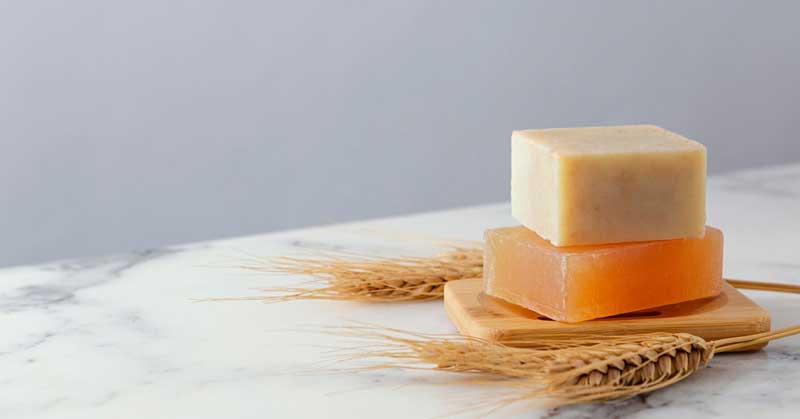
Another crucial aspect is soap selection. We use it daily but rarely consider its composition. It’s vital to choose safe soap without harmful additives. Learn which soaps are truly safe and which ingredients to avoid in my soap safety guide.
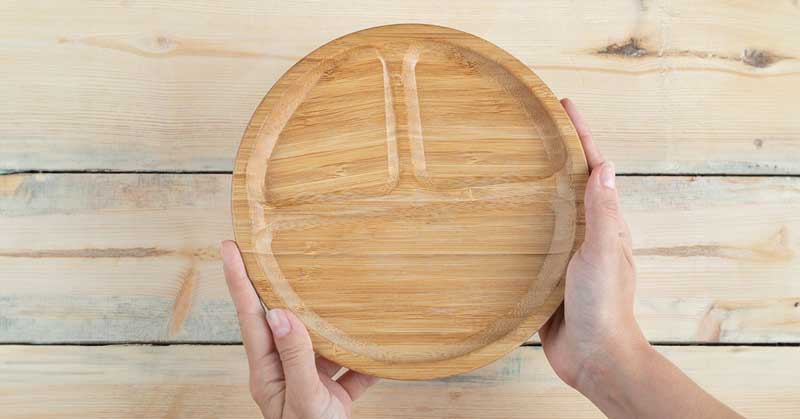
Don’t overlook your cookware. Safe cookware is key to an eco-friendly kitchen. For example, bamboo dishes have become popular among those seeking an eco-friendly lifestyle. But how safe are they really? You can read about this in my bamboo cookware article. Additionally, many use melamine dishes without realizing the potential risks. If you want to learn more about its dangers, I recommend reading my article on melamine. To learn more about safe cookware options, consider joining my “Safe Cookware” workshop.
Food storage is another vital aspect of an eco-friendly kitchen. Improper storage can lead to food contamination and bacterial growth. Read my guide on properly organizing food storage in your refrigerator and kitchen.
![]()
Also, pay attention to kitchen silicone and parchment paper used for baking and cooking. You can learn how to determine if your silicone is safe and what risks it may pose in my silicone safety article.
It’s also important to remember the impact of aluminum on our health. This metal is common in everyday life and can negatively affect the body. Learn more about reducing aluminum exposure in my dedicated article.
I hope these resources will help you create a safe and healthy kitchen space where you can cook with pleasure while caring for your health and that of your loved ones. Your kitchen can become a powerhouse where every item and product contributes to your well-being.
If you’d like to embrace my philosophy and approach to kitchen organization, cooking, and self-care, I’d be delighted to welcome you to my unique Culinary Club!

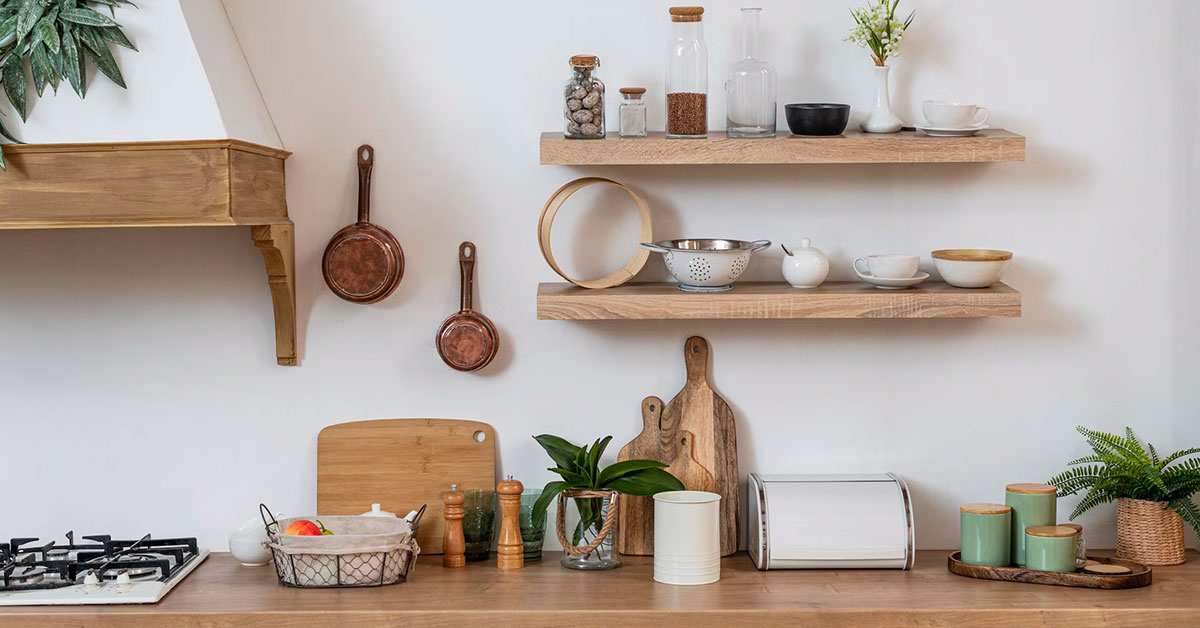



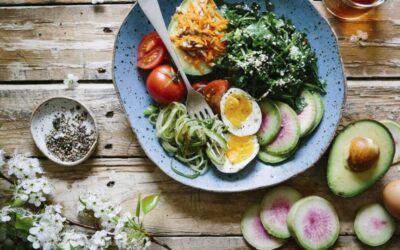
0 Comments